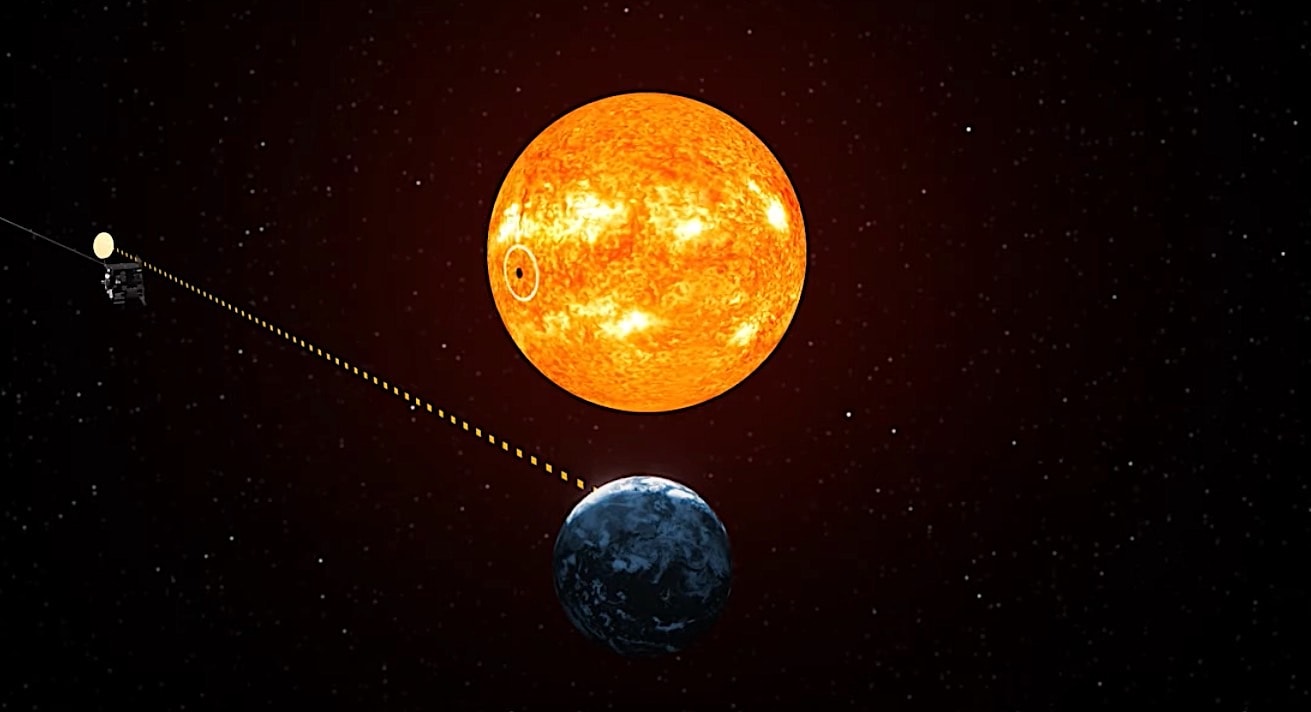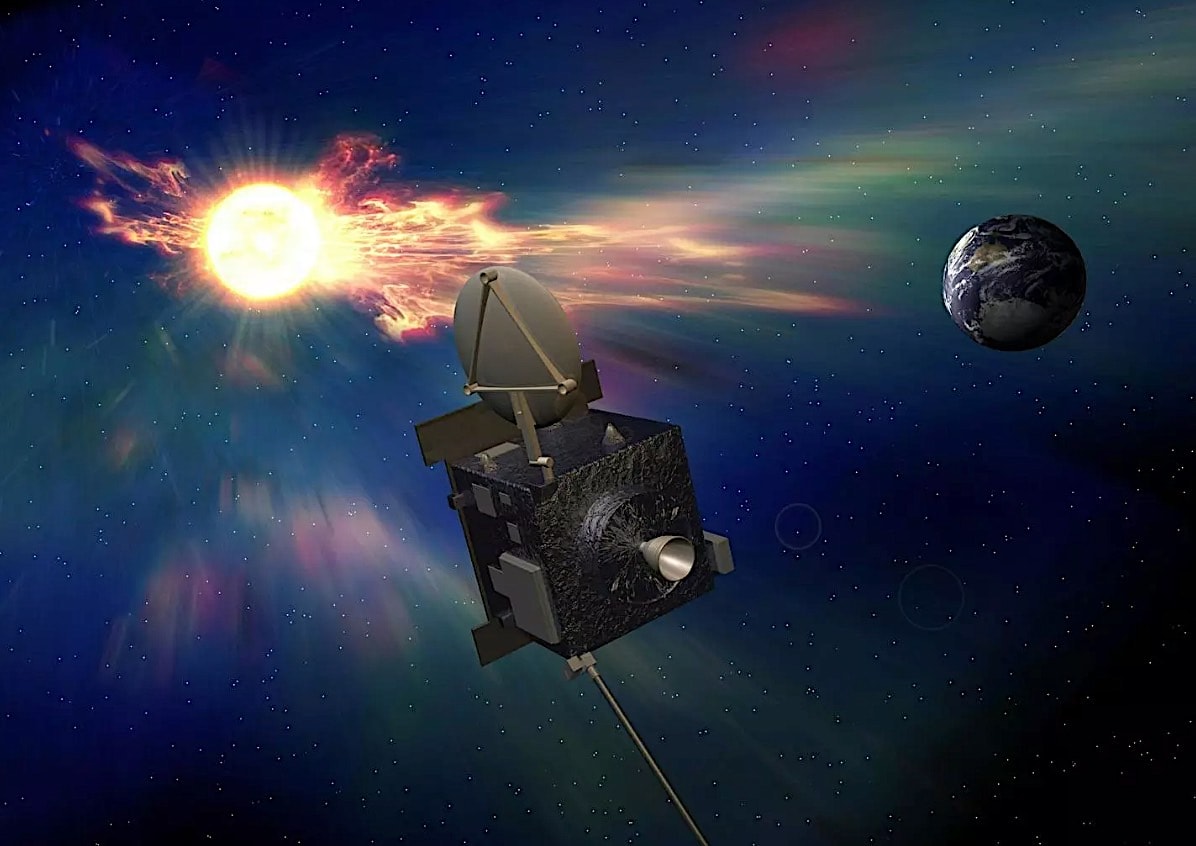Recently, the world marveled at a rare spectacle: an expansive solar storm casting vivid hues across the sky, which was a breathtaking display of the Northern Lights. Though harmless, the event served as a reminder of the potential hazards posed by solar activity to our technological infrastructure.
Solar storms, triggered by charged particles from the Sun interacting with Earth’s atmosphere, pose risks to satellites and power grids. Recognizing the need for improved detection and monitoring, the European Space Agency (ESA) revealed the Vigil mission, aimed at enhancing our ability to forecast solar storms and coronal mass ejections accurately.

Part of ESA’s Space Situational Awareness Space Safety Programme (SSA S2P), Vigil marks Europe’s inaugural space weather satellite. Developed by aerospace giant Airbus, the spacecraft will be equipped with advanced instruments from global partners, including the US, UK, and Europe, to monitor solar activity.
Positioned at Lagrange point L5, Vigil will provide continuous observation of the Sun, offering early warnings of solar disturbances with unprecedented accuracy. This strategic vantage point enables Vigil to detect and analyze solar weather patterns, facilitating timely protective measures to safeguard critical infrastructure from potential damage.
Though Vigil’s launch is slated for 2031, its anticipated lifespan of seven and a half years promises a new era of space weather monitoring and preparedness.

